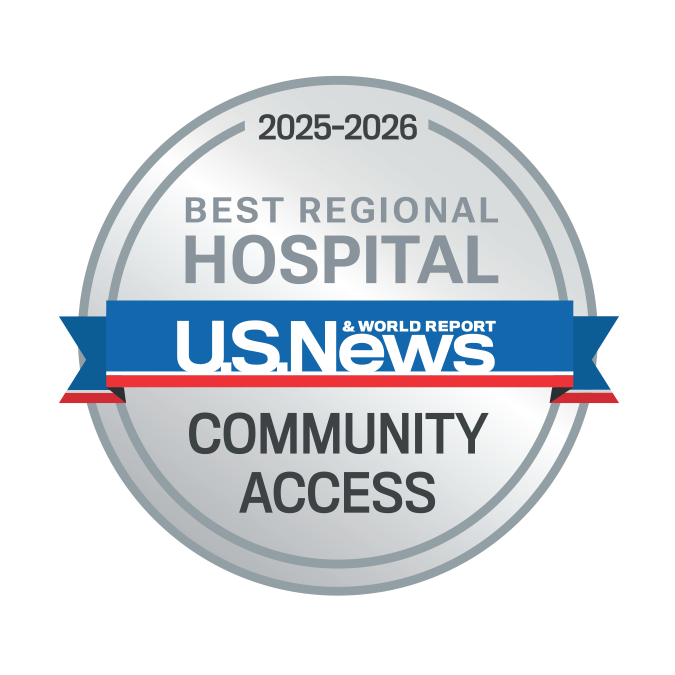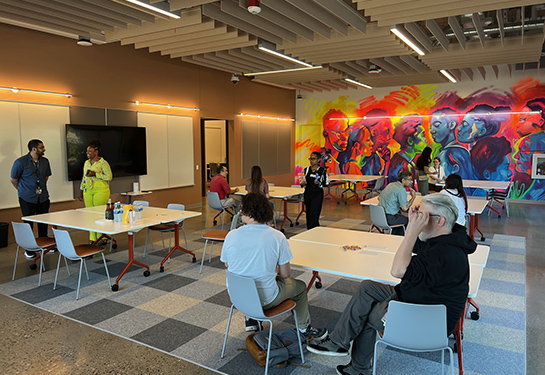From primary and specialty care to mental and behavioral health, we are taking active steps through partnerships and investment for all communities in the region. Some examples:
Access to Affordable, Quality Health Services
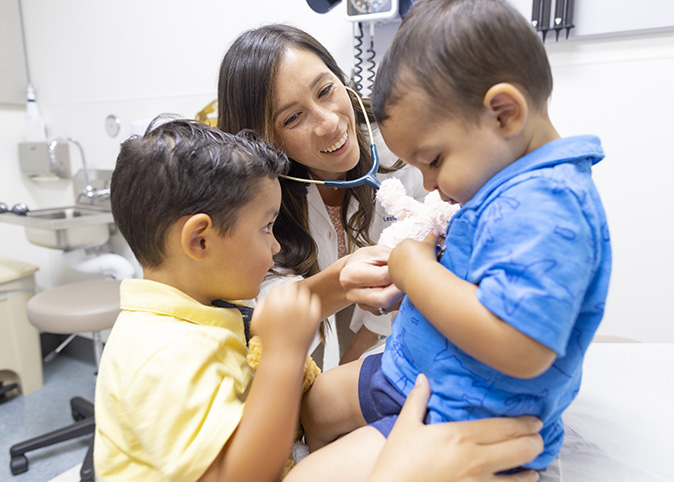
Leveraging the power of digital
Digital access and health solutions to address health disparities, with the opportunity for wider impact
Serving the medically underinsured
Physical and mental health services and support for medically underinsured individuals
Care for vulnerable populations
Providing care to vulnerable populations, including refugees and those who are unhoused
Some examples of our efforts:
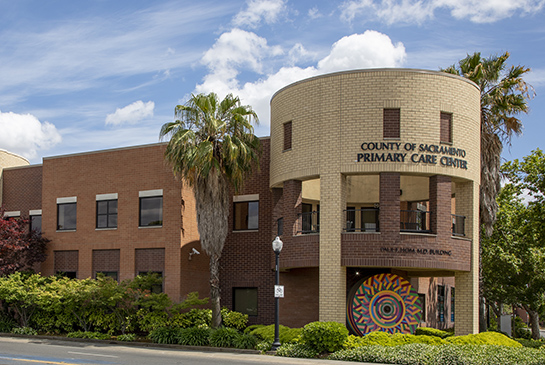
Community health center collaborations
We collaborate with the region’s community health centers (FQHCs) on neighborhood-based care, providing a comprehensive mix of primary, specialty and behavioral health care through in-person and telemedicine services.
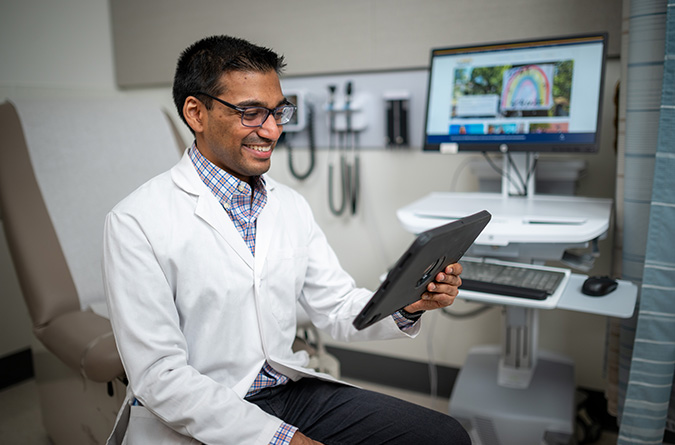
Digital health equity
UC Davis Health harnesses digital health in a variety of ways to help improve access and continuity of care for vulnerable populations across Northern California. Some examples:
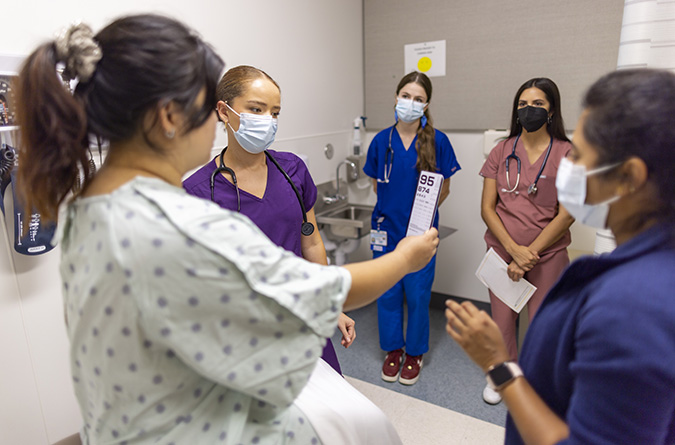
Student-run clinics
For more than 50 years, the nationally recognized UC Davis Health affiliated student-run clinics along with our nonprofit partners have provided free health care to thousands of uninsured, low-income, and other under-resourced communities throughout Sacramento.
Some recent examples of our ongoing efforts to advance health for all.
Opening doors to the future of radiology: Inside the RaISS Program at UC Davis Health
UC Davis Health’s RaISS program introduces community college and early undergraduates to radiology by fostering diversity and early exposure to medical imaging careers.
Genetic testing saves lives — many don’t know they carry an inherited cancer risk.
UC Davis Health has launched a study to identify barriers preventing Latina breast cancer survivors from accessing or understanding genetic testing and counseling.
Connecting through food: UC Davis Health chefs visit with local students
Chefs Jet Aguirre and Santana Diaz inspired local high school students by sharing their passion for cooking and the importance of healthy, locally grown food.
Anchor Institution Mission empowers local communities in equitable, lawful ways
UC Davis Health's Anchor Institution Mission leverages the health system's resources to create healthier, more resilient communities in the region while also abiding by federal laws and Proposition 209.

